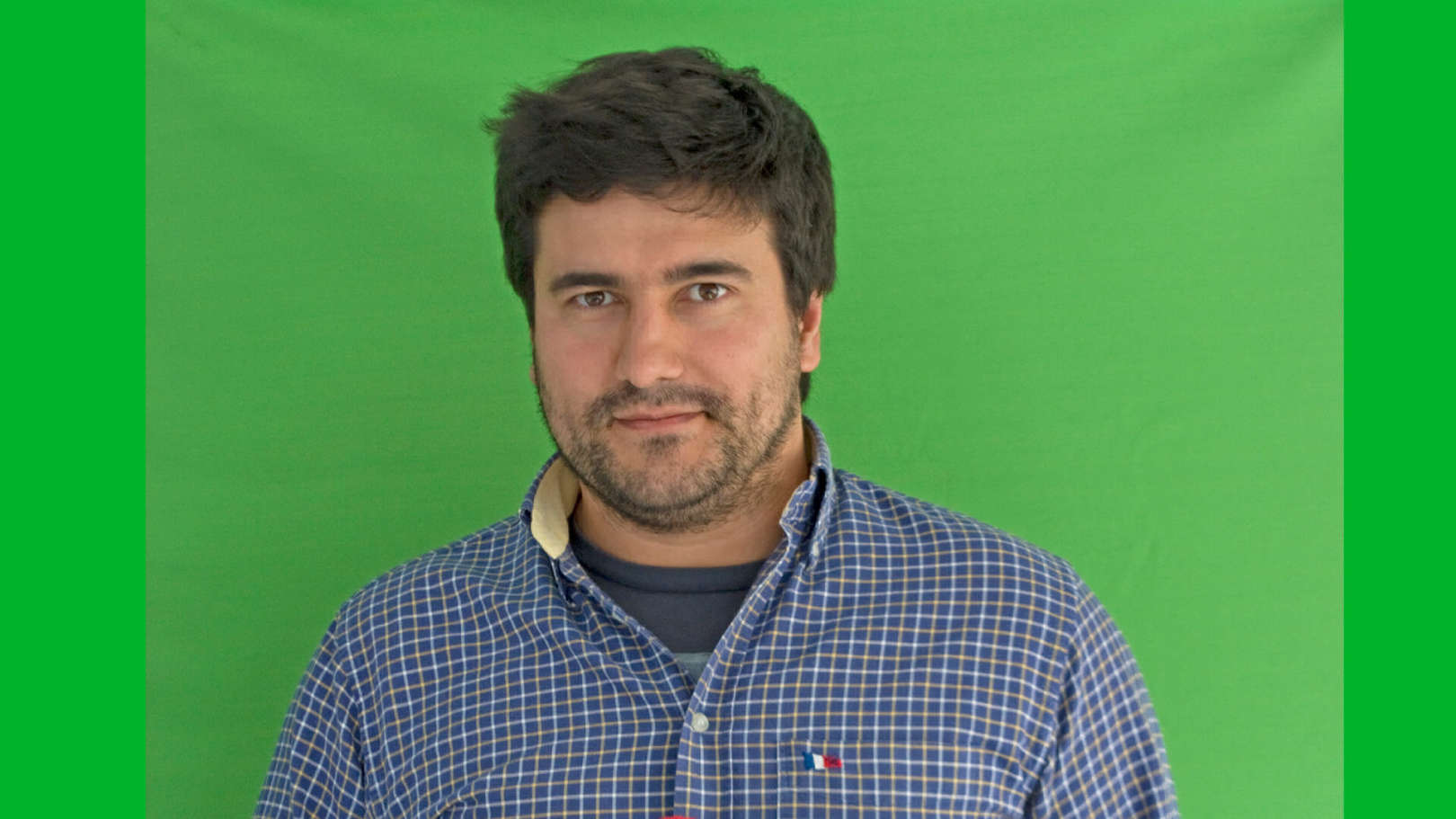About
Hugo Ferreira is currently a senior researcher/engineer at INESCTEC Robotics Centre. He has an electrical engineering degree from the Porto Polytechnic Institute (ISEP-IPP). Main scientific interests are: Autonomous Systems and Mobile Robotics. He works with marine robotics, underwater and surface vehicles, sonar and positioning systems. Currently, he is working on several projects involving perception and navigation. He is also teaching at the Superior School of Hospitality and Tourism, Polytechnic Institute of Porto


